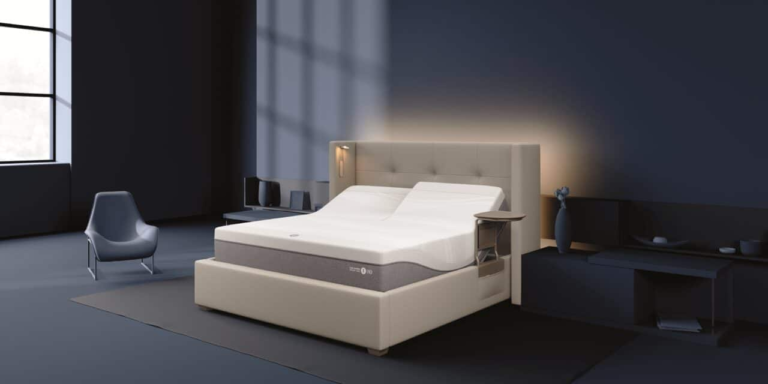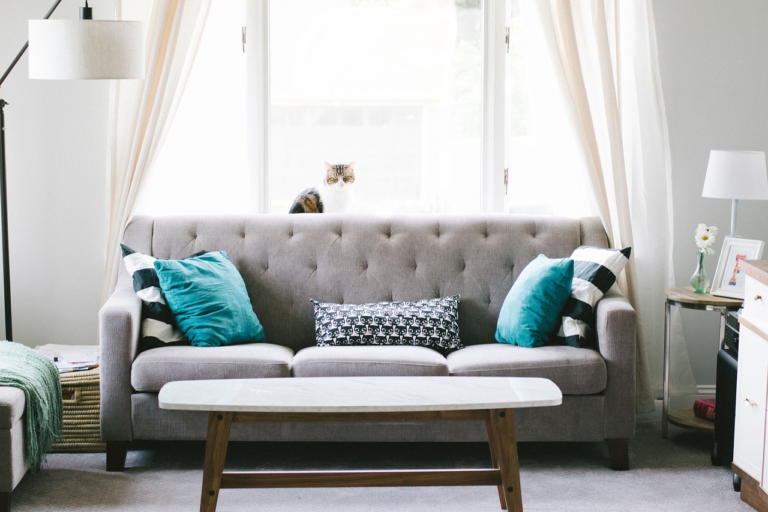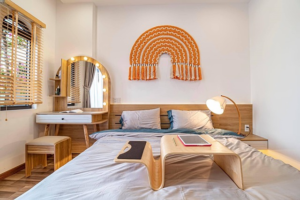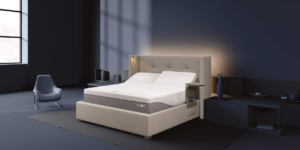Living in a small room does n’t have to mean feeling confined or confined. Whether you are in an apartment, a bitsy house, or simply have a room that feels too tight, there are several creative ways to make your space appear larger without having to go through expensive and time- consuming emendations. By employing a many clever design tricks, smart cabinetwork choices, and optic visions, you can transfigure your small room into a more commodious and airy terrain. Then’s how to make a small room look bigger without addition.
1. Use Light Colors on Walls and Furniture
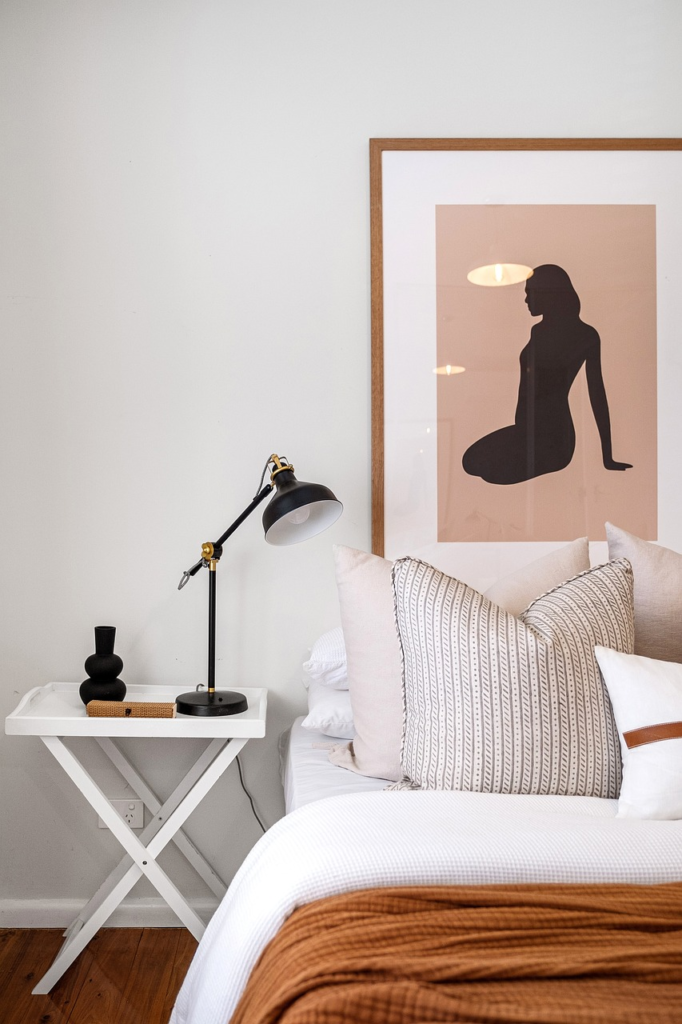
One of the most effective ways to make a room feel larger is by using light, neutral colors on the walls, ceilings, and cabinetwork. Light tinges similar as whites, creams, soft grays, or pale aquarelles reflect further light, making the room feel open and airy. Walls and Ceilings conclude for light- colored makeup or wallpaper to keep the space feeling open. White is the classic go- to color, but soft tones like light argentine, faceless, or light blue can work just as well, depending on the mood you want to produce. Furniture and Accessories Choose light- colored cabinetwork, similar as white, faceless, or light wood tones. Dark- colored cabinetwork tends to absorb light and can make a room feel smaller.However, balance it with lighter accessories like pillows, throws, If you’re working with darker cabinetwork.
By sticking with light tones throughout the room, you will produce a sense of openness and solidness.
2. Use Mirrors to Reflect Light

Glasses are one of the most important tools in creating the vision of a larger room. They reflect both natural and artificial light, making the space appear lustrously and more extensive. Large Glasses A large glass on one wall can produce the vision of depth, making the room look much bigger than it really is. Consider hanging a full- length glass or a large ornamental glass as a statement piece. Multiple lower Glasses If a large glass is not an option, consider using several lower glasses strategically placed around the room. You can produce a gallery wall of glasses, or hang them near windows to reflect the outside view and farther enhance the feeling of space.
3. Keep Furniture Low and Streamlined

Tall, big cabinetwork can make a room sense closed off and cramped. rather, choose low- profile and streamlined cabinetwork that does n’t overpower the room. Low cabinetwork allows the eye to travel across the entire room, creating a feeling of openness. settees and chairpersons Choose cabinetwork with low, satiny biographies rather than pieces with high tails or big arms. A lounge with exposed legs can produce a sense of space beneath it, which further opens up the room.
Multi-Functional Furniture Opt for cabinetwork that serves multiple purposes, similar as storehouse banquettes, fold- out divisions, or lounge beds. This reduces the need for fresh pieces, which can overwhelm the room. Keeping the cabinetwork low to the ground and minimum in design helps maintain a sense of solidness in lower spaces.
4. Maximize Natural Light

Natural light is an essential factor in making any room feel larger and further inviting. The further light you can let into your room, the further extensive it’ll feel. Then are some tips for maximizing natural light Open the Curtains Use sheer or light- multicolored curtains that allow as important light as possible. Avoid heavy drapes, as they can make the space feel darker and further closed out. Keep Windows Unobstructed Avoid placing large pieces of cabinetwork in front of windows. By keeping windows clear, you allow the light to flood tide the room, creating a brighter and further commodious atmosphere. Reflect Light As mentioned with glasses, strategically placing reflective shells around the room, like glass or essence accessories, can help bounce natural light around.
The key is to embrace natural light and make it an integral part of the room’s design.
5. Use Vertical Space

When bottom space is limited, going perpendicular is one of the most effective ways to expand a room. Vertical storehouse and scenery produce the vision of height and depth, which makes the room feel more commodious. Wall- Mounted Shelves Installing shelves grandly over on the wall can free up bottom space and give the room a sense of height. Use floating shelves to display scenery, books, or shops, making the room feel less crowded. Tall, Narrow Furniture Opt for high cabinetwork that has a small footmark, similar as altitudinous bookshelves or narrow closets. This maximizes perpendicular space without taking up too important precious bottom area. Vertical Artwork Hang art or photos vertically to draw the eye overhead. This can give the room a sense of height and make the space feel larger.
By making use of your walls, you can increase both the functionality and aesthetic appeal of the room without adding clutter.
6. conclude for Open Shelving

Clutter can fluently overwhelm a small room and make it feel indeed lower. One way to maintain a sense of openness is by incorporating open shelving, which allows you to store particulars without the unrestricted- in feeling that big closets or cupboards can produce. Open Kitchen Shelves In kitchens or dining areas, open shelving allows you to display plates, spectacles, and kitchenware in an systematized manner. This keeps everything within easy reach while also making the room feel more open. Living Room Shelving In the living room, use open shelving to display books, scenery, or shops. This prevents the space from feeling unrestricted off or exorbitantly packed with cabinetwork.
Open shelving works best when it’s kept neat and systematized. It provides both storehouse and visual interest, making the space feel larger and more welcoming.
7. Choose Light Flooring

The flooring you choose can have a huge impact on how a room feels. Dark, heavy flooring can make a room feel more confined, while light- colored flooring creates a sense of openness and lightness. Wood or Laminate Flooring Light wood tones, similar as maple, oak, or pine, can buck up up the space and make it feel larger.However, light- colored laminate or vinyl flooring can give a analogous effect, If hardwood is n’t an option. Hairpieces When opting a hairpiece for a small room, go for lighter, neutral tones that round the overall color scheme. Avoid large hairpieces that can overwhelm the space; rather, choose one that fits comfortably within the room.
By choosing light flooring accoutrements , you can help open up the room and produce a further extensive look.
8. Declutter and Keep effects minimum
Clutter is the adversary of small spaces, as it takes up visual and physical space that can make the room feel indeed lower. Keep your room tidy by espousing a minimalist approach to cabinetwork and scenery. Limit Decorations Rather than cluttering your room with too numerous ornamental particulars, choose a many crucial pieces that round the room’s style. A couple of well- placed art pieces or shops can add life to the space without overcrowding it. Organize and Simplify Regularly declutter the room and remove particulars that are no longer necessary. Use baskets or boxes for storehouse to keep particulars organized and out of sight.
The lower stuff you have in the room, the larger it’ll feel. Embrace a minimalist approach to produce a clean, open space.
9. Use Light and Airy Curtains

Heavy curtains can produce a sense of heaviness and close in a room, making it feel lower. conclude for light, sheer, or airy fabrics that allow natural light to come through and produce a sense of openness. Sheer Curtains Sheer curtains give sequestration while still allowing natural light to sludge into the room, helping it feel bright and commodious. Rod Placement Hang curtains as high as possible and close to the ceiling to produce the vision of high windows and advanced ceilings. This draws the eye overhead, making the room feel more extensive.
By using light, airy curtains, you’ll maintain a feeling of openness and enhance the room’s sense of space.
10. produce an Open Floor Plan
Indeed if you’re dealing with a single room, try to produce an open layout by minimizing walls. rather of using large pieces of cabinetwork to separate spaces, conclude for open shelving or cabinetwork with gaps under. Avoid Heavy Partitioning rather of dividing the room with walls or large cabinetwork pieces, try to keep the space open by using lower cabinetwork and keeping sight lines unstopped.
Flowing Layout Arrange cabinetwork in a way that creates a natural inflow from one area to another, precluding the room from feeling fractured or boxed in. An open layout will help the room feel more fluid, furnishing a sense of spaciousness.
Small Changes, Big Impact
Making a small room look bigger does not bear major emendations or structural changes. With a many strategic design tricks similar as using light colors, maximizing natural light, and incorporating perpendicular storehouse you can produce a more open and airy sense in any room. By keeping effects minimalist and well- organized, you will not only make your space look bigger but also feel more comfortable and inviting. With these simple adaptations, you can transfigure your small room into a swish, functional haven without the need for any major construction.
